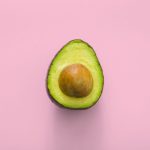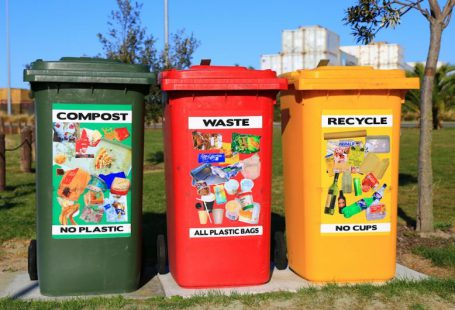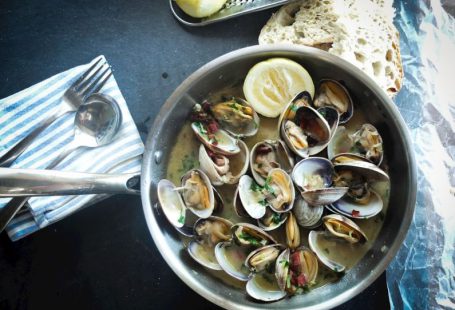The dairy industry is undergoing a significant transformation driven by technological innovations that are shaping the future of dairy alternatives. As consumer preferences shift towards plant-based and lactose-free options, tech advancements are playing a crucial role in developing new products that closely mimic the taste and texture of traditional dairy items. From precision fermentation to 3D printing, these innovations are revolutionizing the way dairy alternatives are being produced and consumed.
Precision fermentation: The game-changer in dairy alternative production
One of the most groundbreaking technologies driving the dairy alternative market is precision fermentation. This process involves using microorganisms like yeast to produce proteins that closely resemble those found in dairy products. By fermenting these proteins in a controlled environment, manufacturers can create plant-based alternatives that are virtually indistinguishable from their animal-based counterparts in terms of taste and texture.
Precision fermentation allows for the customization of proteins, enabling companies to tailor their products to meet specific nutritional requirements or taste preferences. This technology has opened up a world of possibilities for creating a wide range of dairy alternatives, from milk and cheese to yogurt and ice cream. Furthermore, precision fermentation is more sustainable than traditional dairy farming, as it requires fewer resources and produces fewer greenhouse gas emissions.
3D printing: Personalizing dairy alternatives like never before
Another innovative technology making waves in the dairy alternative industry is 3D printing. While traditionally associated with manufacturing and design, 3D printing has found a new application in the food sector, allowing for the creation of customized plant-based products. By layering plant-based ingredients in precise patterns, 3D printers can produce dairy alternatives with unique shapes and textures that are not achievable through traditional manufacturing methods.
3D printing also offers a level of personalization that was previously unheard of in the dairy alternative market. Consumers can now customize their plant-based products to suit their individual preferences, whether it be adjusting the flavor, consistency, or nutritional content. This level of personalization is driving innovation in the industry, as companies strive to meet the ever-evolving demands of health-conscious and eco-conscious consumers.
Blockchain technology: Ensuring transparency and traceability in dairy alternative production
In an era where consumers are increasingly concerned about the origins of their food, blockchain technology is playing a vital role in ensuring transparency and traceability in dairy alternative production. By using blockchain-based platforms, manufacturers can track the journey of their products from farm to table, providing consumers with real-time information about the ingredients used, production processes, and environmental impact.
Blockchain technology also helps to combat food fraud by verifying the authenticity of dairy alternatives and preventing counterfeit products from entering the market. This level of transparency instills trust in consumers, who can make informed choices about the products they purchase based on accurate and reliable information. As the demand for dairy alternatives continues to rise, blockchain technology is proving to be a valuable tool in building consumer confidence and driving market growth.
Augmented reality: Enhancing the dairy alternative shopping experience
Augmented reality (AR) is revolutionizing the way consumers interact with dairy alternatives by providing immersive and interactive shopping experiences. Through AR-powered apps, shoppers can visualize and explore different plant-based products in a virtual setting, allowing them to see how these items would look and taste in real life. This technology not only enhances the shopping experience but also educates consumers about the benefits of dairy alternatives in a fun and engaging way.
AR also enables manufacturers to showcase their products in a creative and innovative manner, capturing the attention of tech-savvy consumers who are drawn to interactive and visually appealing content. By leveraging AR technology, dairy alternative brands can differentiate themselves in a competitive market and attract a new generation of health-conscious and tech-savvy consumers.





